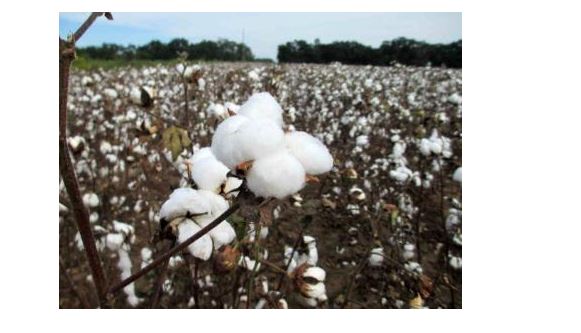ISLAMABAD, NOV 9 (DNA) – In order to bring qualitative reforms in its acre per yield in Pakistan, China could help Pakistan by providing technology that can improvise seed production and promote mechanization, ex vice chairman Pakistan Cotton Ginners Association (PCGA) Asim Saeed said.
While talking to Gwadar Pro, he stated that the current challenge facing the Pakistani cotton industry is that it cannot obtain the latest technology from local researchers, nor can it attract international companies to settle in.
Technology in the seed, machinery, plantation and picking up process, and ginning of cotton are with low quality, which means Pakistan is still using 70 year-old technology in its ginning industry that leads to poor output.
Despite the decline in cotton production in Pakistan, the number of cotton yarn exported to China has still increased in recent months.
Asim Saeed explained that the CPEC has had a positive impact on it. “Raw materials of yarn are available in our country and Pakistani yarn is enjoying zero tariffs in the Chinese market meanwhile there is a lot of demand of Pakistani yarn in the Chinese market.
If we improve our quality and meet Chinese standards then, under the new tariff regime, we can substantially enhance our cotton products to China.”
Pakistan is emphasizing to reduce dependence on imported cotton by cultivating long-staple cotton. According to Asim Saeed, Pakistan is quite suitable for growing long-staple cotton.
“We have one of the best soil conditions and canal systems for growing cotton; the climate is favorable and we are hard-working nation that has rich experience in growing cotton from generations to generations.
We have all the capacity and potential to reach target of 20 million bales. Once international seed providers come to Pakistan, they will see a huge advantage.”
He further called on government, private sector and international supervision to make joint efforts to execute measures to enhance the cotton production. Policies for providing cotton farmers with enough profitability are also needed.=DNA
===============

















